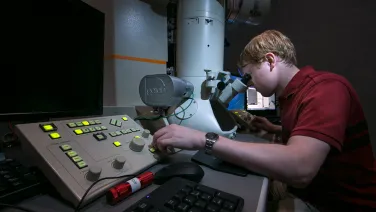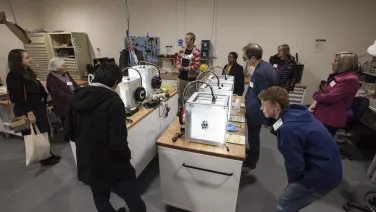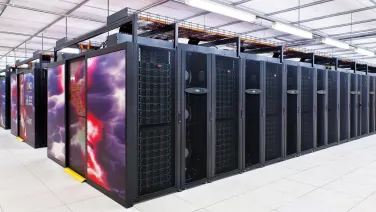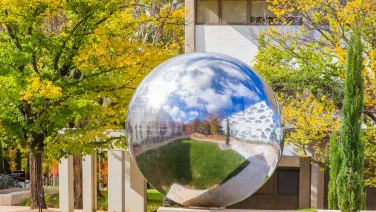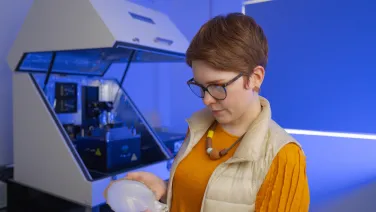
Earth & Marine Sciences
About
The ANU Research School of Earth Sciences is Australia’s leading academic research institution for Earth sciences, home to the largest concentration of Earth scientists in Australia, ranking #1 in Australia and 12th in the world for Earth and marine sciences (QS World University Rankings by Subject 2024).
We take a broad view in addressing the big challenges of Earth sciences, seeking to answer questions ranging from the origins of the Earth, to understanding climate change. We have a reputation for international leadership and innovation, focused on developing new methods, whether experimental, analytical or computational.
We are innovators: seeking to develop new experimental, analytical or computational methods, underpinned by in-house engineering and electronics workshops and our highly specialised technical staff.
Our cutting-edge research is led by our academic staff, and provides an unparalleled environment for high-quality research training of our graduate students. Our people and facilities are also the foundation for our vision to deliver world-class research-led undergraduate teaching in the Earth sciences.
Our facilities include the Sensitive High Resolution Ion Micropode (SHRIMP) that was developed at ANU to analyse geological materials.


